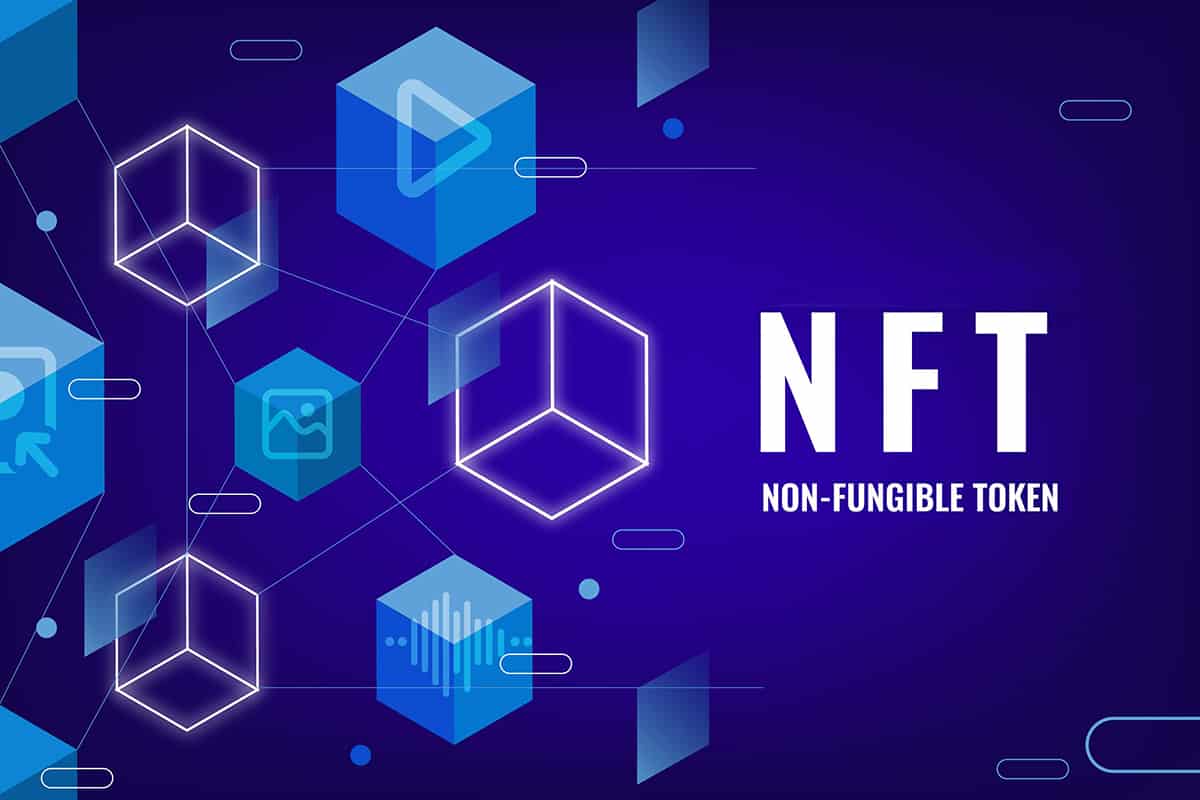Once a niche concept whispered in crypto circles, NFTs (Non-Fungible Tokens) have burst into the mainstream, igniting a revolution in the art and entertainment industries. From digital paintings selling for millions to music artists releasing exclusive tracks on blockchain platforms, NFTs are transforming how we perceive ownership, creativity, and value. But how exactly are these …
How NFTs Are Disrupting the Art and Entertainment Industry

Once a niche concept whispered in crypto circles, NFTs (Non-Fungible Tokens) have burst into the mainstream, igniting a revolution in the art and entertainment industries. From digital paintings selling for millions to music artists releasing exclusive tracks on blockchain platforms, NFTs are transforming how we perceive ownership, creativity, and value. But how exactly are these digital assets reshaping the creative landscape?
The NFT Boom: A Digital Renaissance
NFTs are unique digital tokens stored on a blockchain that certify ownership and authenticity of a digital or physical asset. Unlike cryptocurrencies like Bitcoin or Ethereum, NFTs are non-fungible—each one is distinct and cannot be exchanged on a one-to-one basis. This uniqueness has made them ideal for digital art, collectibles, music, film, and even gaming.
Hook: Imagine owning the original Mona Lisa—but in digital form, and with verifiable proof stored on the blockchain.
This is the kind of appeal that has attracted artists, musicians, and fans to the NFT ecosystem.
Empowering Artists and Creators
For decades, traditional art and entertainment have been controlled by gatekeepers—galleries, record labels, production studios. NFTs are decentralizing that power, enabling creators to connect directly with their audiences.
Benefits for Creators:
- Monetization Without Intermediaries: Artists can sell directly to buyers, keeping a larger share of the profits.
- Royalties via Smart Contracts: NFTs can be programmed to pay royalties to the creator every time the token is resold.
- Global Exposure: Digital platforms like OpenSea, Rarible, and Foundation provide global marketplaces for artists.
Redefining Art Ownership
Traditional art ownership is often murky and plagued by issues like forgeries or unclear provenance. NFTs provide an immutable record of ownership on the blockchain.
Hook: Buying an NFT isn’t just purchasing a file—it’s acquiring a verifiable piece of history.
Collectors can now own and trade digital works just like physical ones, with the assurance of authenticity. This shift has encouraged many to view digital art as a legitimate and valuable form of artistic expression.
Disrupting the Music and Entertainment Industry
Musicians and filmmakers are also leveraging NFTs to bypass industry middlemen and retain creative control.
Use Cases:
- Exclusive Music Drops: Artists like Kings of Leon and Grimes have released albums as NFTs, generating significant revenue.
- Film Rights and Fan Engagement: Indie filmmakers are using NFTs to fund projects and give fans a stake in their success.
- Virtual Experiences: NFTs are being used to sell access to exclusive concerts, backstage passes, or even AR/VR experiences.
Hook: Your next concert ticket might not be a piece of paper or a QR code, but a unique NFT that lives on the blockchain.
The Rise of NFT Marketplaces
NFT platforms are becoming the new galleries and record labels. These decentralized marketplaces facilitate the creation, sale, and trade of NFTs, empowering both creators and collectors.
Popular Platforms:
- OpenSea: The largest NFT marketplace, offering a wide range of digital assets.
- Foundation: A curated platform for digital artists.
- Zora and Catalog: Focused on music NFTs and giving artists more control.
These platforms have democratized access to creative industries, allowing emerging talent to gain visibility without the need for traditional institutions.
Challenges and Criticism
Despite the hype, NFTs face significant challenges:
- Environmental Impact: The energy-intensive nature of blockchain technology has raised concerns.
- Speculation and Hype: Critics argue that the NFT market is a bubble, fueled more by hype than long-term value.
- Copyright and Legal Issues: Verifying the true creator of a digital work can be difficult, raising questions about intellectual property rights.
However, innovations such as eco-friendly blockchain alternatives (like Tezos and Polygon) and evolving legal frameworks aim to address these issues.
The Future: Convergence of Culture and Technology
NFTs represent more than a trend—they symbolize the convergence of culture, technology, and economics. As the infrastructure matures, expect more mainstream adoption and integration with social media, virtual reality, and gaming.
Hook: The next Picasso might be a digital artist, and their canvas a blockchain.
NFTs are not just changing who can create and sell; they’re redefining the very essence of art and entertainment in the digital age.
Conclusion
NFTs have cracked open a new realm of possibilities for the art and entertainment industries. They empower creators, engage fans in novel ways, and challenge long-standing norms about value and ownership. While challenges remain, the potential for NFTs to democratize and decentralize creativity is immense. As this technology evolves, it will continue to shape the future of how we create, share, and experience art and entertainment.




